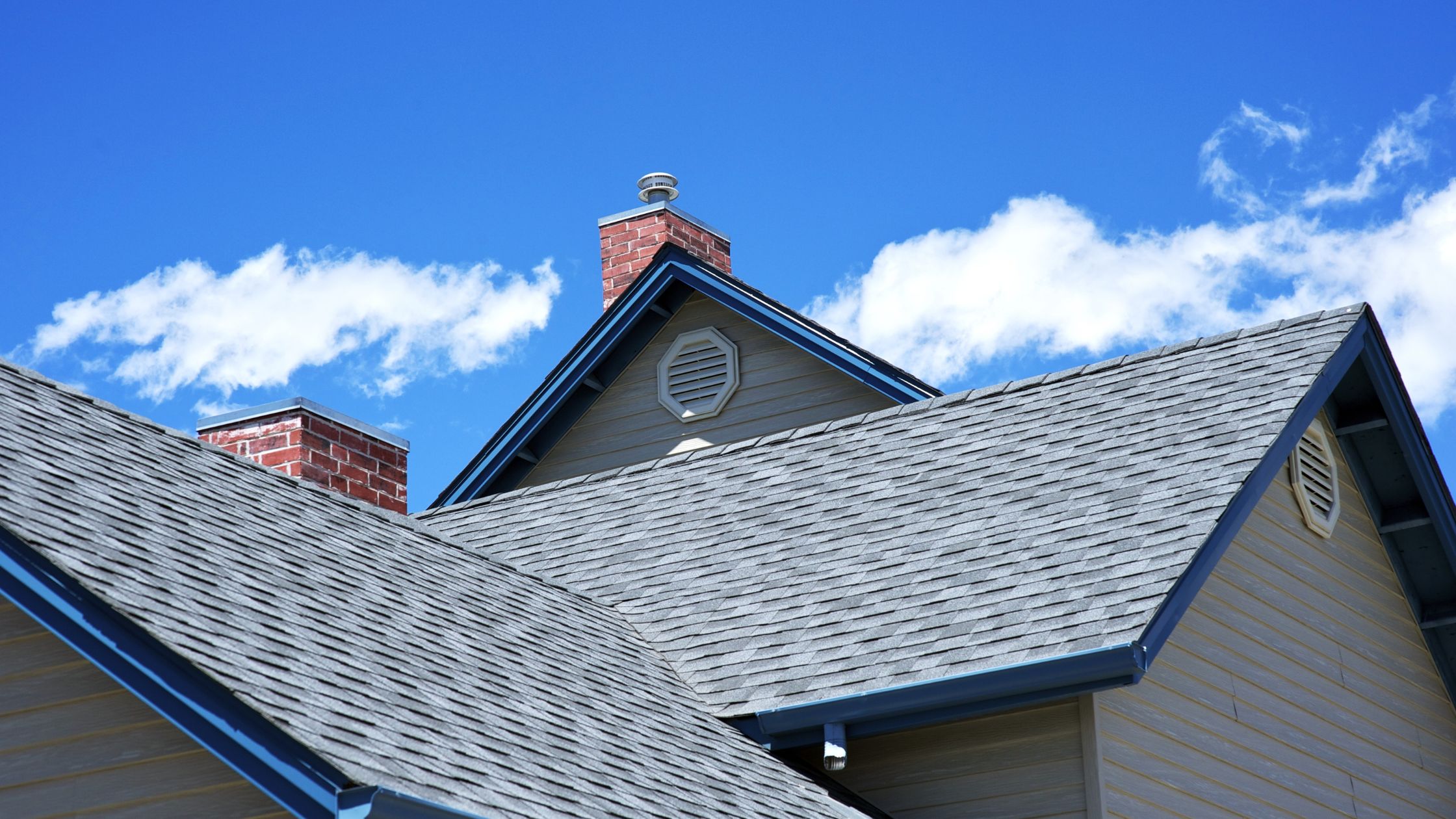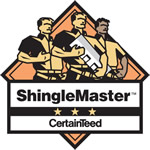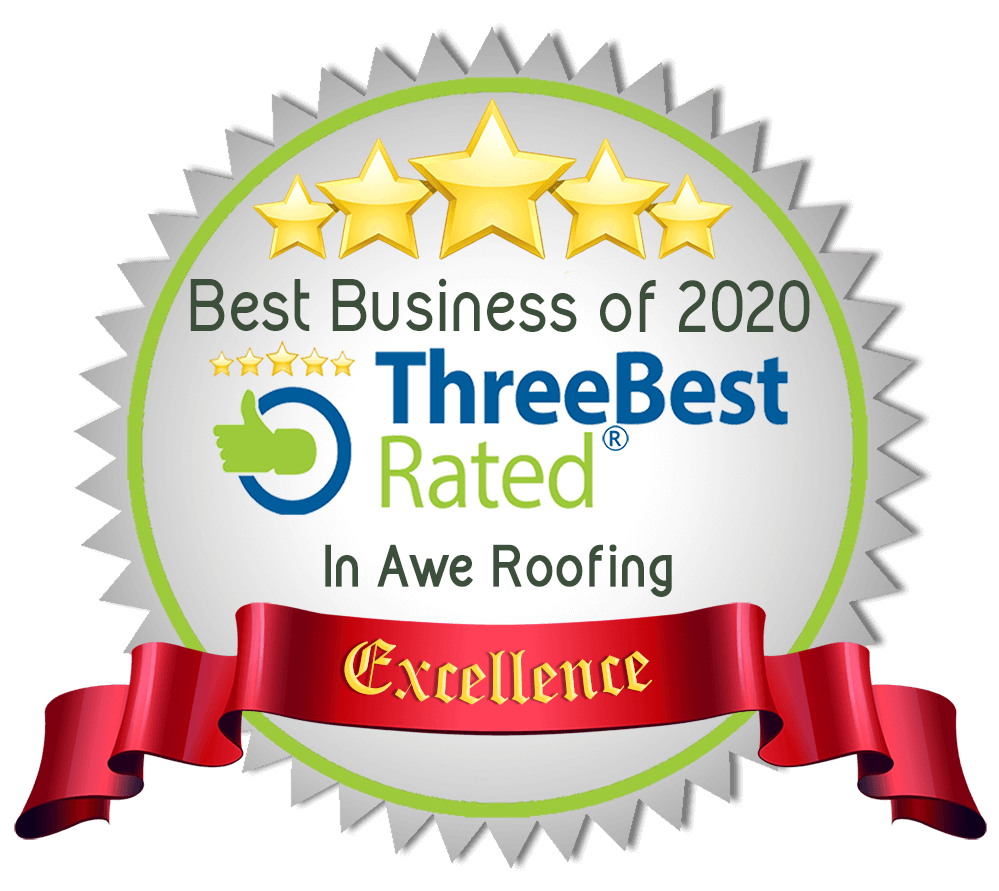How to Choose The Right Sloped Roof For Your Home

Slope roofs are a popular choice for residential and commercial buildings due to their aesthetic
appeal and practicality. They are also known as pitched roofs and are characterized by their
angled design. The angle of the roof is referred to as the pitch, and it is measured in terms of
the rise and run. The rise is the vertical distance from the peak of the roof to the edge of the
roof, while the run is the horizontal distance from the peak of the roof to the edge of the roof.
Slope roofs are advantageous when it comes to shedding rain and snow, as the angle of the
roof allows for water to run off the roof quickly and easily. This is especially beneficial in areas
that experience heavy rainfall or snowfall. Additionally, slope roofs can be designed to provide
additional space for an attic or storage area.
Slope roofs are typically made from a variety of materials, including asphalt shingles, metal,
wood, and slate. Asphalt shingles are the most common material used for slope roofs, as they
are relatively inexpensive and easy to install. Metal roofs are more durable and can last up to
50 years, but they are more expensive and require professional installation. Wood and slate are
also popular materials, but they are more expensive and require more maintenance.
When installing a slope roof, it is important to ensure that the roof is properly ventilated.
Proper ventilation helps to reduce the risk of moisture buildup, which can lead to mold and
mildew growth. Additionally, it is important to ensure that the roof is properly sealed to
prevent leaks.
Slope roofs are an attractive and practical option for many buildings, but it is important to
understand the basics of slope roofs before making a decision. Knowing the advantages and
disadvantages of each material, as well as the importance of proper ventilation and sealing, can
help you make an informed decision about the best roof for your building.
Identifying The Different Types of Sloped Roofs
Slope roofs are one of the most common roof types used in residential and commercial
buildings. They are designed to shed water and snow, and can be constructed from a variety of
materials, including asphalt shingles, metal, wood, slate, and tile. Understanding the different
types of slope roofs can help you decide which one is best for your building.
The most common type of slope roof is the gable roof. This type of roof has two sloping sides
that come together at the top, forming a triangular shape. Gable roofs are easy to construct
and provide ample space for ventilation and attic access. They are also relatively inexpensive
and can be used on a variety of building styles, including ranch homes and Colonial-style
houses.
Another popular type of slope roof is the hip roof. This type of roof has four sides that slope
downward, and all sides meet at the top. Hip roofs are more complex to construct than gable
roofs and require more materials, making them more expensive. However, they are more
stable and provide better protection from wind and snow.
The gambrel roof is another type of slope roof. It is similar to a gable roof, but the two sides are
divided into two sections, with the lower section having a steeper slope than the upper section.
This type of roof is often used on barns and other agricultural buildings, but it can also be used
on residential homes.
Finally, the shed roof is a single-slope roof that is usually used on small or low-pitched buildings.
Shed roofs are easy to construct and provide ample space for ventilation and attic access. They
are also relatively inexpensive and can be used on a variety of building styles.
No matter which type of slope roof you choose, it is important to consider the climate and
weather conditions in your area. The right roof can help protect your building from the
elements and ensure that it stands the test of time.
Assessing Your Home’s Need For a Sloped Roof
When it comes to assessing your home’s needs for a slope roof, there are several factors to
consider. First, you should consider the climate of the area in which you live. If you live in an
area that experiences heavy snowfall, a slope roof may be necessary to prevent snow buildup.
Additionally, if you live in an area that experiences high winds, a slope roof can help protect
your home from potential damage.
The next factor to consider is the size of your home. If your home is large, a slope roof may be
more beneficial than a flat roof, as it can provide better drainage and ventilation. Additionally, a
slope roof can help to reduce the amount of heat that is lost through the roof, making your
home more energy-efficient.
Finally, you should consider the aesthetic of your home. A slope roof can add visual interest to
your home, as well as providing the practical benefits mentioned above. Additionally, a slope
roof can help to create a more unified look to your home, as the roof will appear to be a
continuous line from one end of the house to the other.
When assessing your home’s needs for a slope roof, it is important to consider all of these
factors. A slope roof can provide many benefits, but it is important to make sure that it is the
right choice for your home.
Comparing the Benefits of Different Sloped Roofs
When it comes to roofing, there are a variety of different slope options available to
homeowners. Each type of roof slope has its own advantages and drawbacks, so it is important
to understand the differences between them before making a decision. Comparing the benefits
of different slope roofs can help you determine which type is best for your home.
Flat roofs are the simplest type of roof slope and are often the most affordable option. They are
easy to install and maintain, and they can be used to create an interesting aesthetic. However,
flat roofs are more prone to water damage and can be difficult to insulate.
Gable roofs are the most common type of roof slope and are characterized by two sloping sides
that meet at the top. Gable roofs are more aesthetically pleasing than flat roofs and can be
more effective at shedding water. Additionally, gable roofs are easier to insulate than flat roofs.
Hip roofs are similar to gable roofs, but they have four sloping sides that meet at the top. This
type of roof slope is more complex to install and maintain, but it can be more effective at
shedding water and snow. Additionally, hip roofs are more difficult to insulate, but they provide
more stability and can be used to create a unique look.
Mansard roofs are characterized by four sloping sides that meet at the top, like hip roofs, but
they have a much steeper pitch. This type of roof slope is more expensive to install and
maintain, but it can be more effective at shedding water and snow. Additionally, mansard roofs
are easier to insulate than other types of roof slopes.
When comparing the benefits of different slope roofs, it is important to consider your budget,
the look you want to achieve, and the climate in which you live. Each type of roof slope has its
own advantages and drawbacks, so it is important to weigh all of your options carefully before
making a decision.

In Awe Roofing Limited is an Award-Winning, family owned and operated Vancouver Roofing Contractor with over 17 years of roofing experience. We serve the entire Lower Mainland area, from Whistler to Chilliwack, employing a team of professional staff members. Our team has won numerous awards including Best of Homestars for the last five years, and Three Best Rated six years in a row. Learn more






















